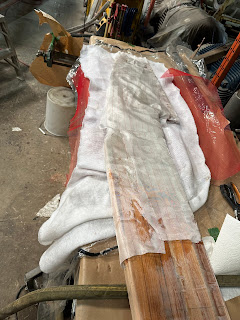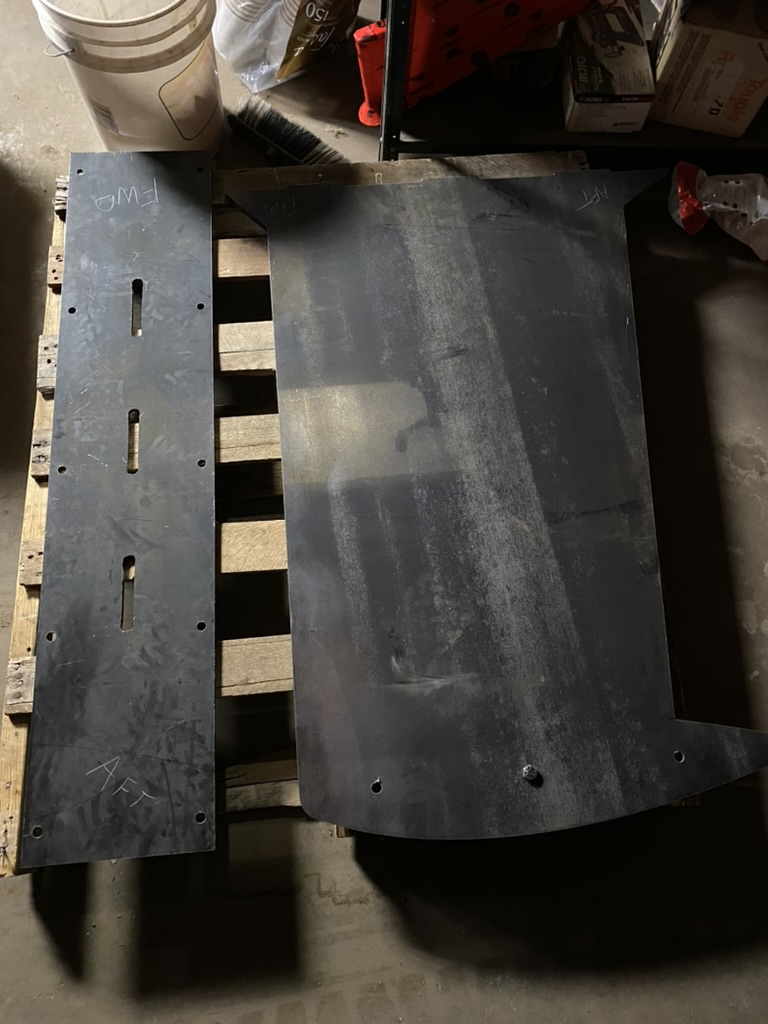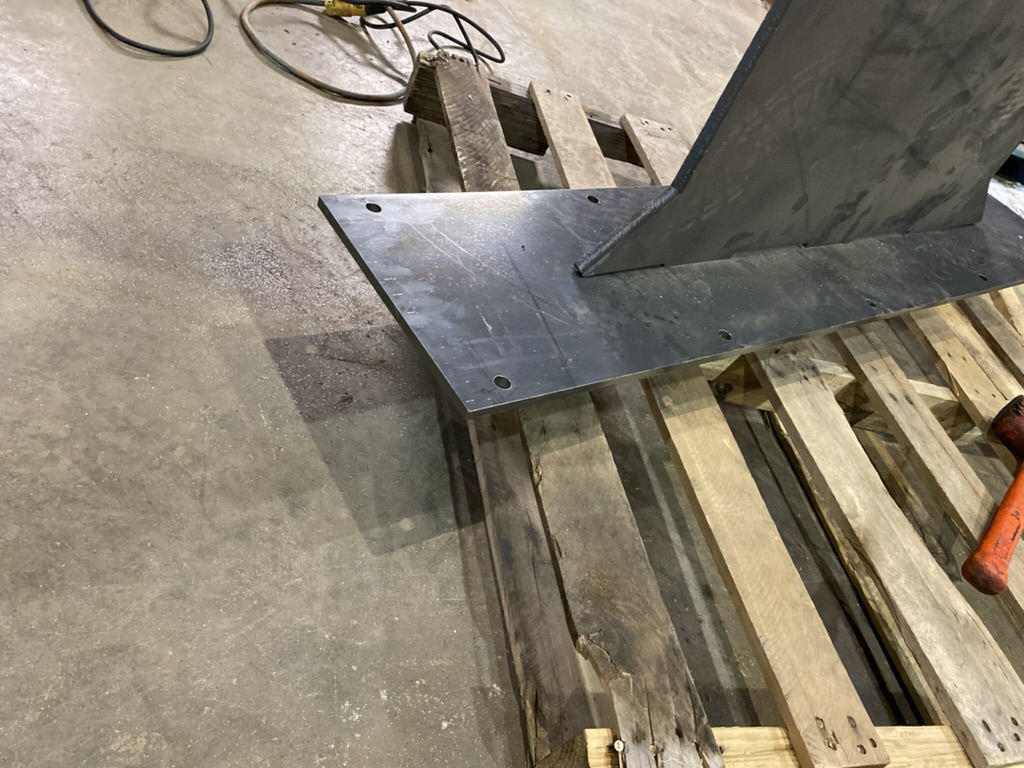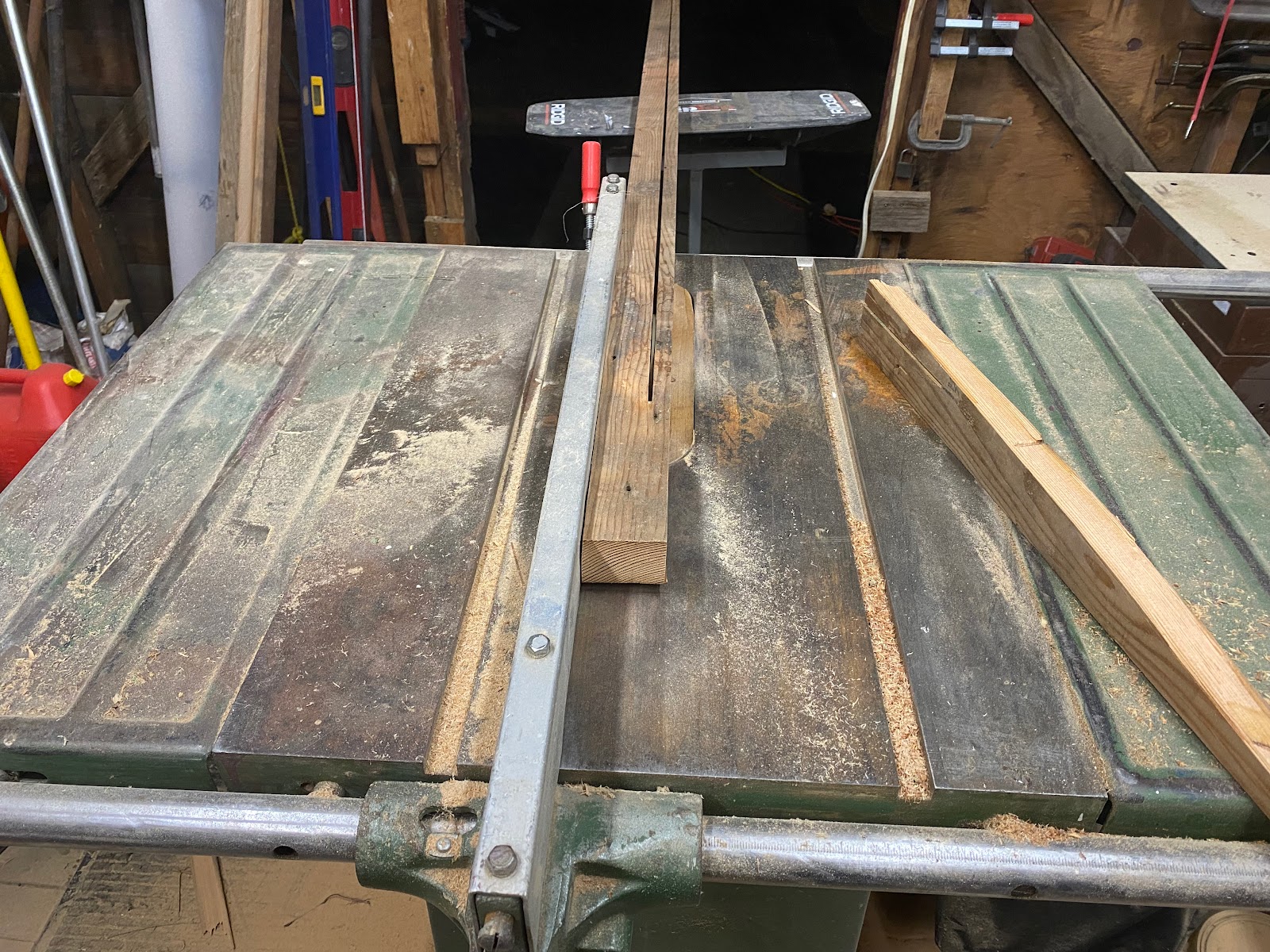DRAFT - WIP
The forward cabin on 133 will have several key uses.
1. Water proof crash. I separated the crash box into two compartments, fully sealed both of them. I will fill them some thing that floats at some point but for now I'm happy with leaving them open. Air is the greatest bouncy after all (well apart from lighter than air gases)
2. Water Tight bulk head, Frame D' is both the mast support and creates a water tight bulkhead separating the forward cabin from the main cabin. I have a Clue Marine Hatch, CLW-CG580-700BLK 500mm x 700mm that is designed for external.
3. Head - (porta potty) I intend to sail my boat on lakes and on the west coast of Canada, when in a marina the bucket and chuck it method doesn't cut it. I thought about a true marine head, with a black water tank like sunbear but the cost and more holes in the boat scared me off. With the requirement for the forward bunk to be installed as per the plans there is no great place to put the porta potty now, I will make an area big enough to hold the port potty and another panel removal to put your feet.
4. Storage - This is the one large open area of the boat, from looking at other boats its used for sails, pack raft/SUP, water jugs, batteries, spare anchor, spare boat parts. The hard part is finding a spot for it all that does not limit access and does a good job of weight distribution. Under the bunk is obliviously a great spot for the heavy items. I'm going to put some tie in points on top of the bunk and on the walls, to give me something to lash stuff to, as well as keeping the area under the bunk fairly open for larger bulky items but have lashing points to keep them in place.
5. Forward Hatch - this hatch is designed to be big enough to escape from, I guess the theory being if the main cabin fills with water you sit in the forward cabin till you have to have to get off. I have thought about how i want this hatch to face, Forward/Aft for opening, I think I'm going with the hinges at the back to allow easier storage access for sails/anchor. More chance of getting water below if hatch is open and wave comes over bow but if the sea state is that bad i will probably bringing items back to the cockpit anyway. As there is no anchor locker as such I will put a bracket below this hatch to hold the anchor for easier deployment and retrieval with plastic bin or some thing for the chain.
5. Air Flow - the front hatch is one of the main air flow options when at the dock, I think I'm going to be putting the hatch/door between the main cabin and forward cabin so it swings into the forward cabin. So I can leave it open to promote air flow without making access to the chart table or galley more difficult. I will probably fit a solar vent into the forward cabin hatch or maybe closer to the mast to promote air flow, when the hatch is closed and when the boat is on the hard.
 |
| John B door hinged right opening into main cabin |
 |
| Jazzy - Door into cabin swings up. Cabin full to allow 6 people to drink cheap red wine and bullshit. |
 |
| Dan #20 front hatch hinges towards bow |
































